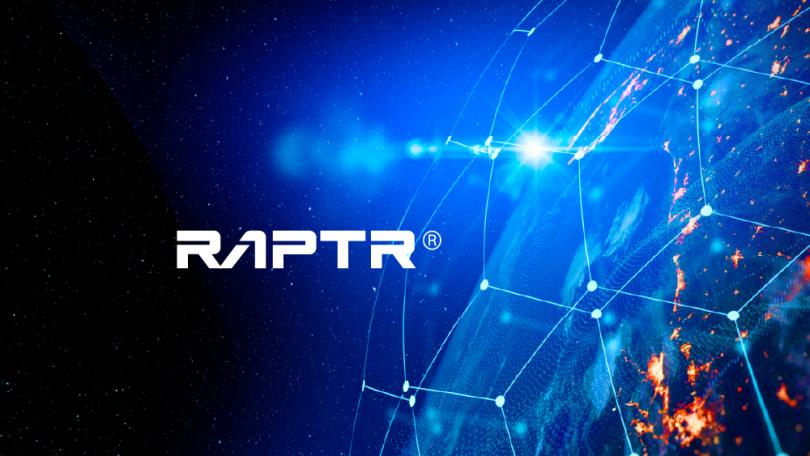

AI Assurance by Design: Why Federal Products Can’t Afford Bolt-On Security
Dr. Joseph Norton Artificial IntelligenceIn the race to embed artificial intelligence into every system, speed is winning—but trust is becoming more critical than ever. Each week brings headlines about AI breakthroughs, from generative models capable of drafting reports to predictive tools that promise to transform logistics and battlefield decision-making. Yet behind the buzz lies an uncomfortable reality: too many federal solutions treat AI as an afterthought—something bolted on rather than built in. That approach may accelerate deployment, but it leaves mission-critical systems fragile, exposed, and untrusted in the moments that matter most.
“Too many federal solutions treat AI as an afterthought—something bolted on rather than built in.”
AI is the new foundation of mission technology
The truth is that AI is no longer just a feature. AI is the new foundation of modern products. Just as hardware, operating systems, and networks once defined capability layers, AI now sits at the heart of mission software, actively shaping decisions, interpreting data, and enabling rapid action. We see the potential everywhere: predictive maintenance that keeps aircraft mission-ready, generative intelligence that accelerates analysis cycles, and adaptive logistics platforms that anticipate and mitigate supply chain disruption. But a powerful model alone isn’t enough. AI only creates mission value when it is integrated, secure, explainable, and resilient.
Bolt-on approaches create fragile systems
Too often, organizations fail to recognize this. They treat AI like an enhancement instead of an ecosystem component, rushing models into production and layering security on afterward. Another emerging reality is that while organizations are exploring the replacement of developers with AI, AI itself is introducing serious security vulnerabilities at unprecedented speed. This “bolt-on” approach is riddled with risks. Sensitive mission data used in training and inference can be exposed without robust protections. Models can be biased, manipulated, or rendered ineffective under adversarial or unexpected conditions. Recent research highlights the growing problem: AI-generated code now carries vulnerabilities in nearly 45% of tasks that don’t include careful oversight, and critical flaws have been identified in widely used AI models themselves.
Even a reliable model can undermine a mission if it produces outputs that cannot be explained or trusted by operators in real time. Federal frameworks like FedRAMP and NIST AI RMF help secure the systems around AI, but they rarely address the AI itself. The result is a product that is fast—but fragile.
The solution lies in AI assurance by design—a mindset that treats AI as a first-class product layer from the start, embedding trustworthiness into every stage of development. Instead of racing to “add AI” and secure it later, federal technology teams must build AI products with assurance at the core. This begins with continuous model monitoring to detect drift, bias, and adversarial behavior in live environments, because a model that works in the lab can still fail in the field. It includes robust pre-deployment testing against real-world mission scenarios to validate reliability and resilience under stress. Secure model architecture is also essential, protecting sensitive training data, resisting manipulation, and preventing unintended outputs. And perhaps most critically, AI outputs must be explainable and auditable so operators, analysts, and commanders can act on them with confidence.
“Federal technology teams must build AI products with assurance at the core.”
Embedding AI assurance at the core drives mission success
This shift is more than a technical adjustment—it’s a cultural one. Building AI assurance by design requires product teams, data scientists, and security engineers to work in lockstep, moving security and trust considerations “left” in the product lifecycle rather than waiting until the end. It requires leadership to prioritize mission trust over demo-ready speed. And it demands that federal partners ask a different question of their vendors, not “Does this product have AI?” but “Can I trust it at the mission edge?”
The stakes could not be higher. In mission-critical environments, speed without trust is a liability. A predictive maintenance alert that operators don’t trust will be ignored. A threat assessment that can’t be explained won’t be acted upon. And a generative intelligence summary that might be wrong is worse than useless—it’s dangerous. Mission success depends on both the capability of AI and its credibility.
The agencies and companies that embrace AI assurance by design will unlock a true competitive and operational edge. They will field systems that are fast, secure, and resilient with products capable of adapting to evolving missions and adversaries without compromising trust. In the coming years, federal missions will increasingly rely on AI-driven decisions. Those who build for speed and trust from the start will be the ones delivering meaningful impact, while those still bolting on AI will be left managing risk rather than driving outcomes.
The AI revolution is here. But it will only transform federal missions if we recognize that trust is not a feature—it’s the foundation.


Dr. Joseph Norton
Sr. Vice President, Chief Product OfficerDr. Joseph Norton is an analytics and IT executive with over a decade of experience in end-to-end solution development, computational sciences, advanced analytics, data management, enterprise architecture, systems engineering, machine learning and applied artificial intelligence (AI), and business strategy.


